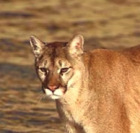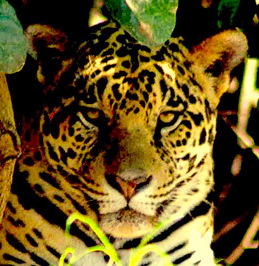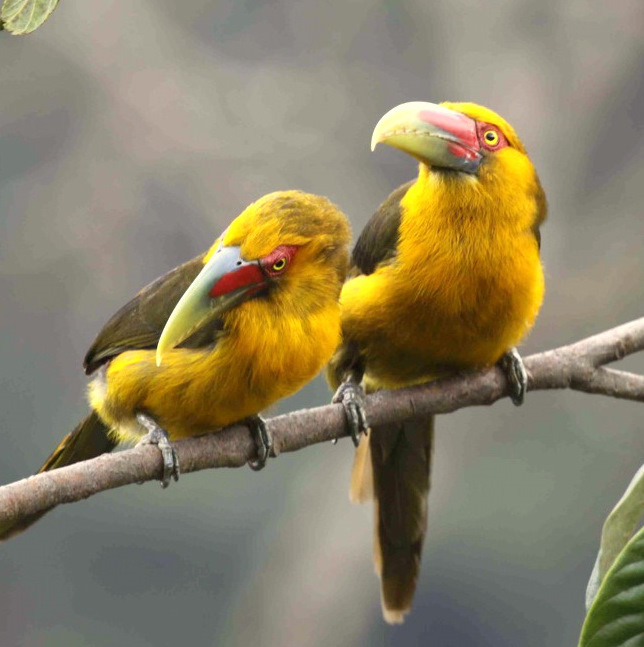EMAS NATIONAL PARK: Anteaters, Rheas and Maned Wolves in a Sea of Grass
Cerrado is the biome that covers the sprawling Planalto Central, the central plains of Brazil. It consists of several different habitat types. So unique is Cerrado that several of the Portuguese words for the habitat types have been adapted to English. Grasslands, or campo, cover much of the region. Campo sujo has shorter grass and sparse woody vegetation. Woodlands of short, twisted tree with waxy leaves and cork-like bark make up cerrado, not to be confused with Cerrado, the biome name. Gallery forests are moist forests that follow the watercourses. Some 90% of the plant and animal species of the Cerrado are found in the gallery forests.
Deep in the heart of the Brazilian Cerrado lies Emas National Park. The 328,317 acres of undulating grasslands, campo sujo, cerrado woodlands and gallery forests host the world's largest concentration of termite mounds. They provide a surreal setting for large concentrations of Pampas Deer, Giant Anteater and Greater Rhea, or "Ema" in Portuguese. Maned Wolf are frequently seen roaming the grasses in search of tinamou and other prey. The park holds the greatest concentration of Blue-and-Yellow Macaws outside Amazonia, and Blue-winged, Red-shouldered and Red-bellied Macaws can also be seen. The park headquarters building for scientists are visited daily by a pair of Bare-faced Currasows, White Woodpeckers, Streamer-tailed Tyrants and other showy birds.
Along with the grasslands, the park supports a vast marsh on one side and rich gallery forests on the other. The crystal clear waters of the Rio Formosa pass right by the headquarters and wander through the park. With the presence of large mammals and birds, it is little wonder that many have compared this park to the African savannas.
For those traveling in the months September and October, a special treat may await. In the thousands of termite mounds, the larvae of a beetle species waits for the first couple of rains after the long dry season. Rain triggers the flight of millions of termites, the favored meal of the beetle larvae. With the rain the larvae emerge, and with bioluminescence attract the termites, which see out light. When the termites fly close to the glowing larvae, they grab and devour the unsuspecting insects. Each mound may have a hundred or more larvae, and mounds sit side by side for miles. Those lucky enough to time their visit to the first rain will be treated to an impressive natural phenomenon.
In addition to the mammals and large birds, the park is known for other bird specialties. Look for Spotted and Lesser Northuras, Dwarf and Red-winged Tinamou, the endemic White-winged Nightjar, Cock-tailed, Streamer-tailed and Sharp-tailed Tyrants, Blue and Black-masked Finches, Red-legged Seriema, Curl-crested Jay, White-vented Violetear, Dot-eared Coquette, Collared Crescent-Chest, White-rumped, White-banded and Masked Tanagers, Coal-crested Finch, Pale-crested Woodpecker, Russet-mantled Foliage-gleaner, Large-billed and Black-capped Antwrens and others.
Our days will be spent on foot and in a vehicle. We'll walk the trails along the river, enter a rich gallery forest, and cross much of the park searching for the birds, mammals and strange and beautiful scenery that make this park so unique. Come join us on a four-day adventure filled with odd animals, strange and beautiful birds, a myriad of termite mounds and the varied vegetation of Emas National Park. This is a popular tour with those who have taken it, but it is remote and rarely visited
.









